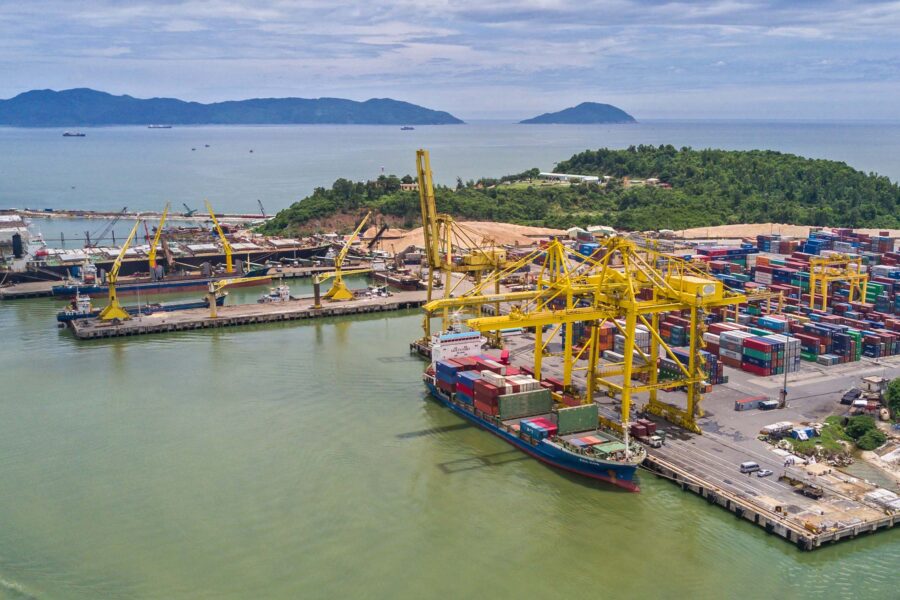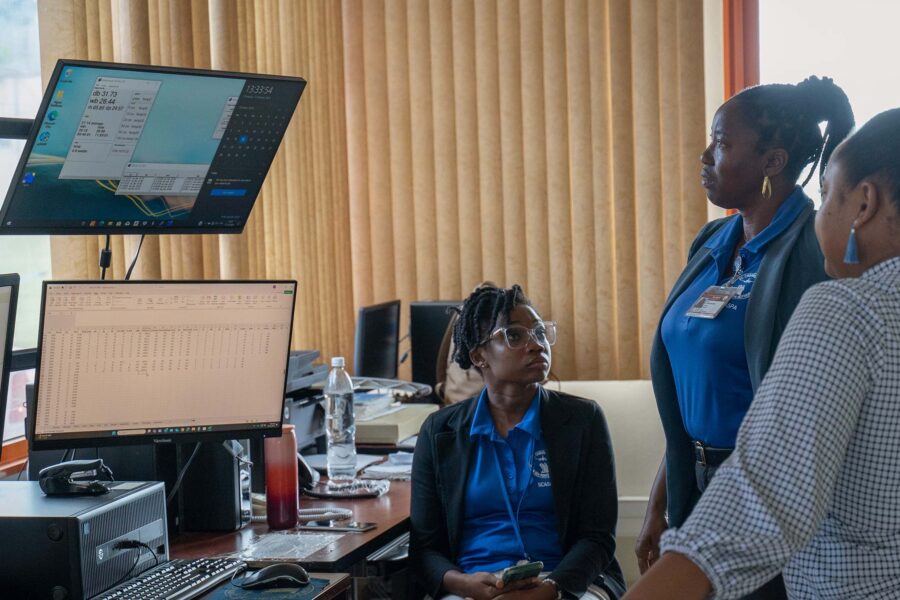Strengthening forests: our long-term carbon sinks
Land-based carbon sinks should play a bigger role in national and international climate action planning
Climate — Europe, Global

The UN Climate Change Conference takes place at an opportune moment. The COVID-19 pandemic has opened our eyes to the necessity of sustainable development. Even more so, we understand the interconnectedness that defines various goals and undertakings. The fight against climate change is carried out through all 17 goals of Agenda 2030.
I hope to see this complexity of challenges and needed measures reflected at the negotiating table.
The reduction of emissions that add to global warming must be carried out more effectively. In the EU, forests absorb approximately 10% of the atmospheric carbon dioxide that is produced by other sectors. That said, the more traditional emissions trading system should be expanded to also include compensation for land-based carbon sequestration. Like the land use and forestry (LULUCF) regulation in the European Union, this addition of carbon sinks to emissions trading would maintain and strengthen our long-term carbon sinks in accordance with the Paris Agreement.
However, a clear definition of carbon sinks based on measurements and models is a requirement. Otherwise, there is no way of knowing how different land-use and management measures affect the concentration of atmospheric carbon dioxide and other greenhouse gases (GHGs). In addition to GHGs, forests also have other climate impacts, such as low albedo (warming effect), atmospheric aerosols (cooling effect), and cloudiness (cooling effect). Forests also have a key role in biodiversity, and it is essential that challenges in climate change and biodiversity are tackled together.
Terrestrial sequestration of carbon dioxide can be strengthened by taking care of the growth potential and health of our forests, and by increasing forest carbon storage. The reduction of GHG emissions through carbon sequestration nationally endorses climate actions globally.
It is time to take action. The post-COVID reconstruction of the economy gives us an immense possibility to steer economic growth to a path of greater sustainable development.
With thanks to Professor Markku Kulmala, Docent Anna Lintunen, and Mii Vuorensalmi for their contribution to this article.





